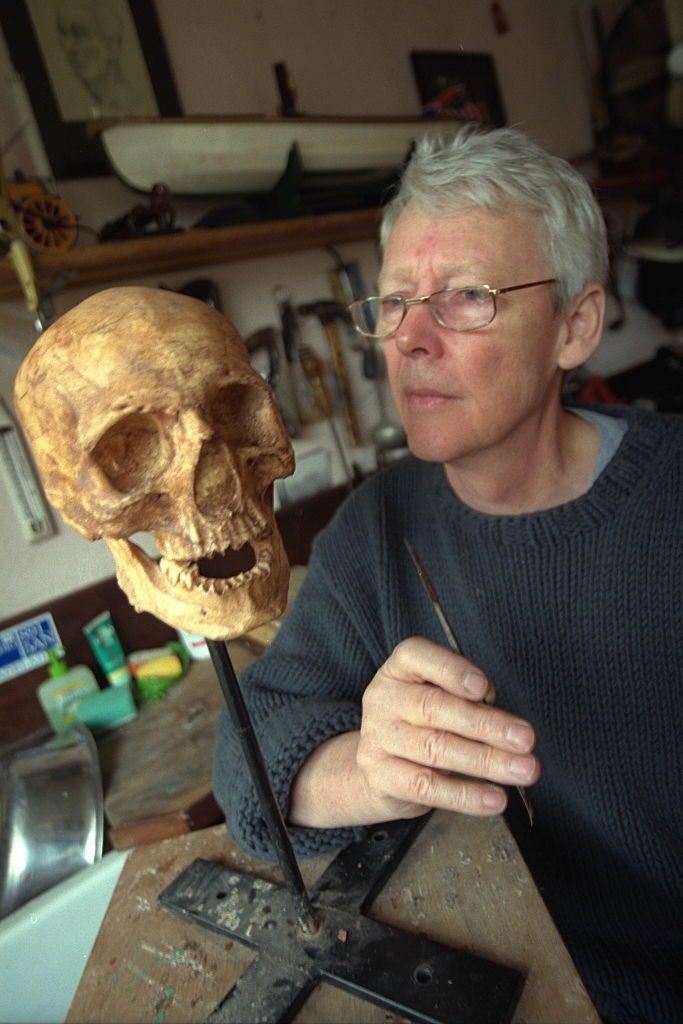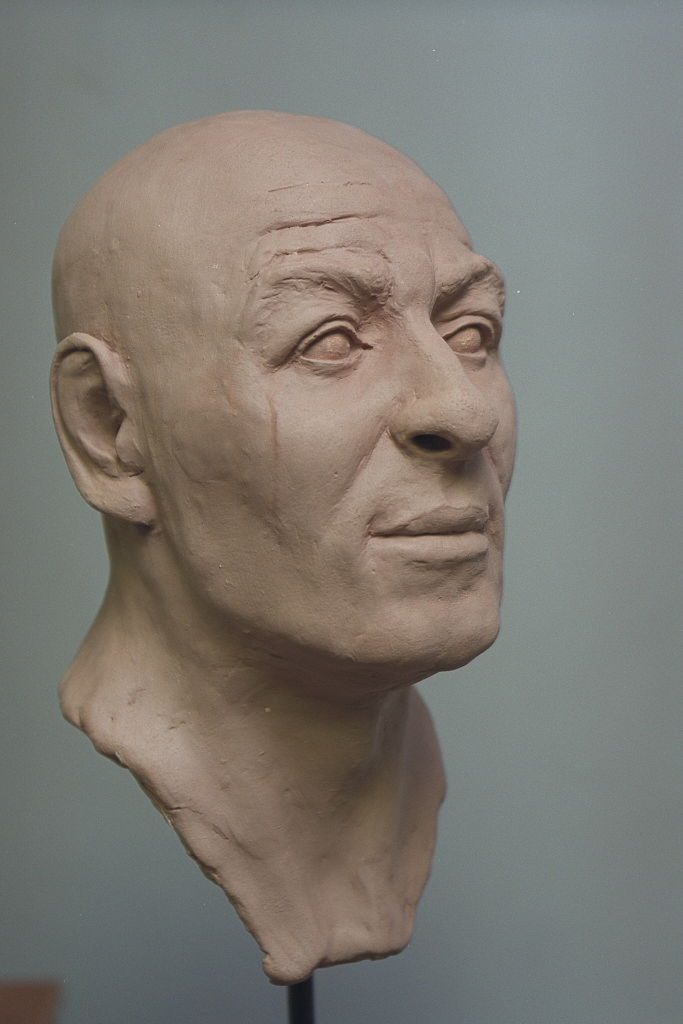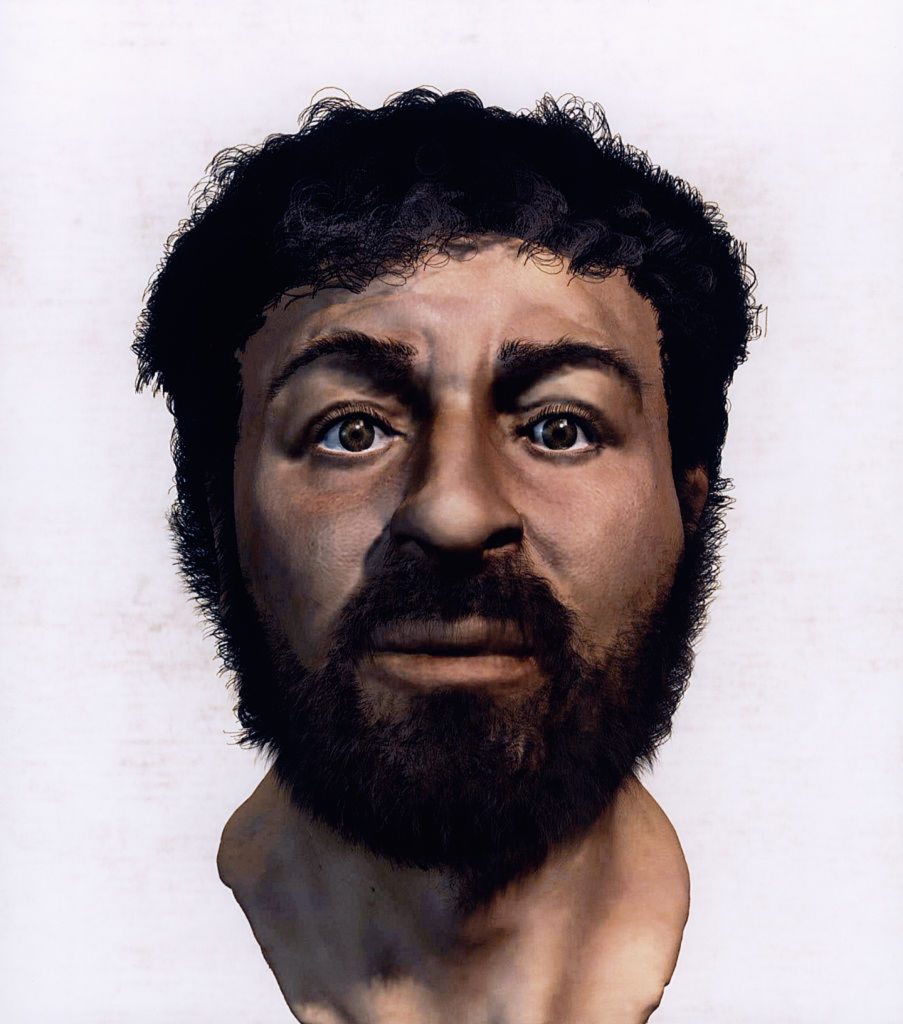Working with Israeli archaeologists, retired medical artist Richard Neave used forensic science to create a possible reconstruction of Jesus’ appearance from 2,000 years ago
Most of us carry a mental picture of what Jesus Christ looked like, but that image can vary a lot depending on where you grew up or what you’ve been taught.
Now, a major scientific effort might just bring all those different pictures closer together, offering a more accurate look at what Jesus may have really looked like.
And when paired with findings from ancient texts left out of the Bible that shift the way we understand his message, this could completely change how we think about the historical Jesus.
In an interview from 2002, Carlos F. Cardoza-Orlandi, an associate professor at Columbia Theological Seminary in Atlanta, pointed out how dramatically our perception of Jesus changes from culture to culture.
“While Western imagery is dominant, in other parts of the world he is often shown as Black, Arab, or Hispanic,” he said.
Now, thanks to the field of forensic anthropology, a team of British scientists—with help from Israeli archaeologists—has attempted to reconstruct a historically accurate image of Jesus’ face.

To get there, retired medical artist Richard Neave from the University of Manchester used his background in studying human and primate evolution, along with skeletal anatomy, to build a possible facial reconstruction of Jesus.
He began by collecting skulls that came from the same time and place where Jesus would have lived and taught. These skulls were then scanned using computerized tomography, or CT scans.
The scans created extremely detailed 3D images of the skulls, allowing Neave to determine features like bone structure and skin thickness. From there, he used advanced imaging software to build the face from the bones up.
While the reconstruction gave impressive detail, it couldn’t determine things like Jesus’ hair type or eye color.
To fill in the gaps, Neave’s team turned to archaeological findings from the 1st century, dating even earlier than many Biblical writings.
These suggest that Jesus likely had dark eyes and wore a beard, consistent with the norms of men in that time and place.
Did Jesus have long hair?
One Bible passage from the Gospel of Paul reads: “If a man has long hair, it is a disgrace to him.”
Based on this, many researchers believe Paul wouldn’t have written that if Jesus actually had long hair.
Still, some argue that Jesus might’ve had long hair, pointing to the Shroud of Turin.
Many believe this cloth wrapped Jesus after his death and that it shows an imprint of a man with long hair.

A plaster cast of the face, built up from an original 1st century skullBob Collier/Sygma/Sygma via Getty Images
The debate continues, but a number of biblical historians now lean toward the idea that Jesus likely had shorter, tightly curled hair. That style would’ve been more typical for men in that region at the time.

How tall was Jesus?
According to archaeological studies, Jesus would have stood around 5 feet 1 inch tall, which was pretty standard for men in that region during his time. His weight is estimated to have been around 110 pounds.
However, given his background as a carpenter, many believe Jesus would have been stronger and more muscular than average due to the physical demands of his trade.
After completing the facial reconstruction, Neave clarified that the image isn’t necessarily what Jesus looked like exactly, but more a scientifically informed guess of someone from his era and region.
Alison Galloway, a professor of anthropology at the University of California, Santa Cruz, shared her thoughts with Popular Mechanics: “This is probably a lot closer to the truth than the work of many great masters.”
Related Posts

Scientists Find Earth Might Have 6 ‘Mini-Moons’ We’ve Never Noticed Before
Learn More
More People Are Identifying As Symbiosual — Here’s What That Really Means
Learn More